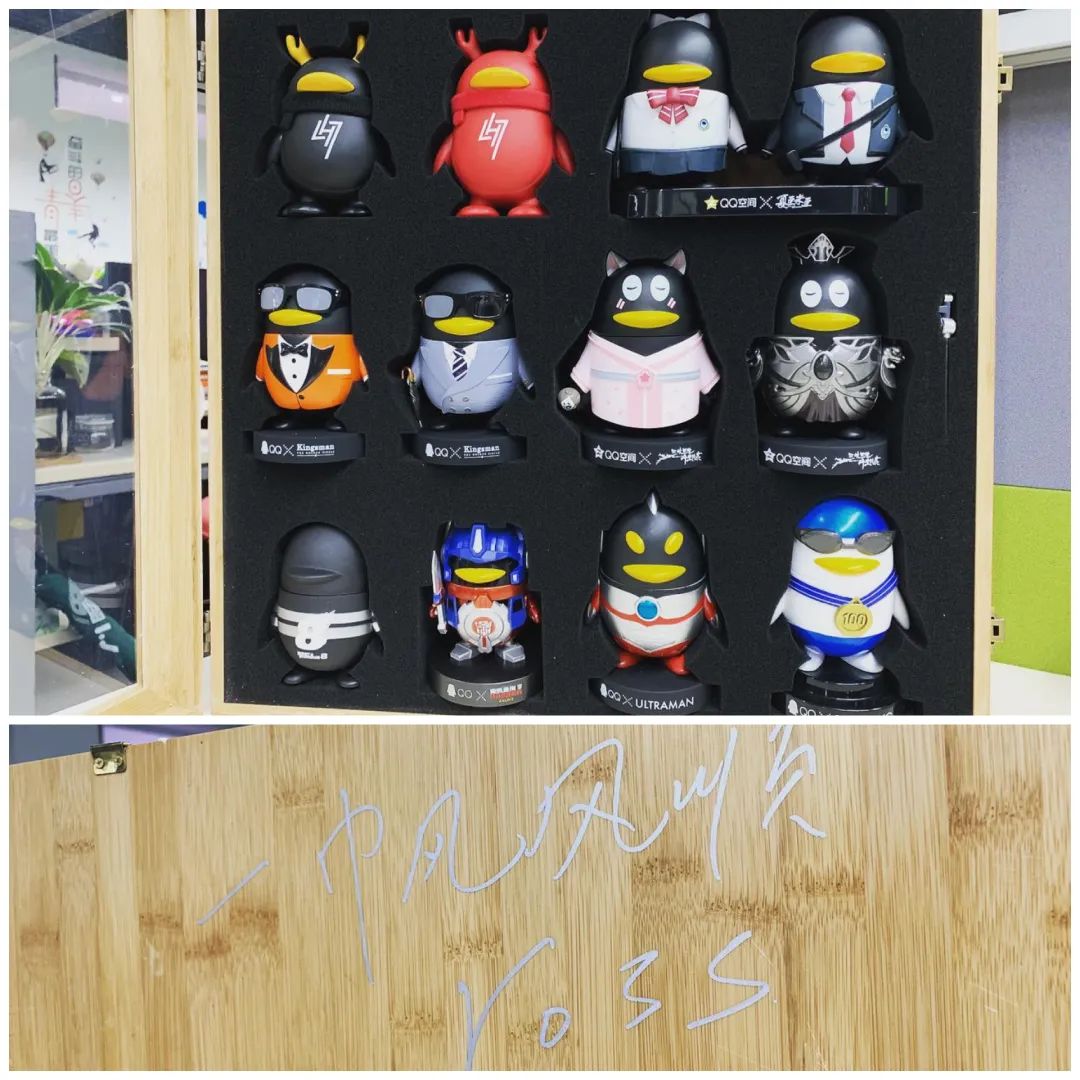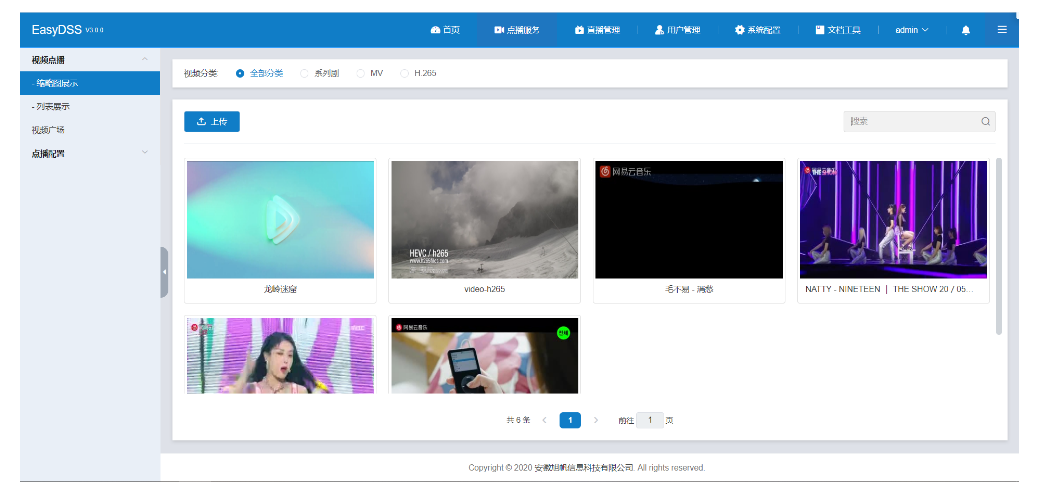I am trying to update a two-panel plot in Tkinter canvas using matplotlib. Here is the minimum code that shows my current understanding. The main problem is while the navigation toolbar works for the initial plots (y = sin(x), y = cos(x)), however it fails when I press the update button to update it. For example if I zoom in a curve, I cannot use home button to return to its original state. I have been trying different ways, but to no avail. I would appreciate anyone's suggestions.
One minor issue I notice is that if I want to kill the plot, I should go to menubar and select python/quit Python, otherwise if I just click the X at the top left of the plot window, the terminal freezes (I have to kill the terminal).
I am using Python 2.7.14 and matplotlob 2.1.0.
from Tkinter import *
import Tkinter as tk
import ttk
from math import exp
import os # for loading files or exporting files
import tkFileDialog
##loading matplotlib modules
import matplotlib
matplotlib.use("TkAgg")
import matplotlib.pyplot as plt
from matplotlib.backends.backend_tkagg import FigureCanvasTkAgg, NavigationToolbar2TkAgg
from matplotlib.figure import Figure
import matplotlib.gridspec as gridspec
import numpy as np
top = tk.Tk()
top.title("Intermolecular PDFs")
top_frame = ttk.Frame(top, padding = (10, 10))
top_frame.pack()
fig = plt.figure(figsize=(10, 6), dpi=100) ##create a figure; modify the size here
x = np.linspace(0,1)
y = np.sin(x)
z = np.cos(x)
fig.add_subplot(211)
plt.title("Individual PDFs")
plt.xlabel(ur"r (\u00c5)", labelpad = 3, fontsize = 15)
plt.ylabel(ur"PDF, G (\u00c5$^{-2})$", labelpad = 10, fontsize = 15)
plt.plot(x,y, "r-", lw=2)
plt.xticks(fontsize = 11)
plt.yticks(fontsize = 11)
fig.add_subplot(212)
plt.title("Difference PDFs")
plt.xlabel(ur"r (\u00c5)", labelpad = 3, fontsize = 15)
plt.ylabel(ur"PDF, G (\u00c5$^{-2})$", labelpad = 10, fontsize = 15)
plt.plot(x,z,"g-", lw=2)
plt.xticks(fontsize = 11)
plt.yticks(fontsize = 11)
fig.tight_layout()
canvas = FigureCanvasTkAgg(fig, master = top_frame)
canvas.show()
canvas.get_tk_widget().pack(side=tk.TOP, fill=tk.BOTH, expand=1)
#self.canvas.draw()
toolbar = NavigationToolbar2TkAgg(canvas, top_frame)
#self.toolbar.pack()
toolbar.update()
canvas._tkcanvas.pack(side=tk.TOP, fill=tk.BOTH, expand=1)
def update():
fig.clf()
new_x = np.linspace(1,100)
new_y = new_x**2
new_z = new_x**3
fig.add_subplot(211)
plt.title("Individual PDFs")
plt.xlabel(ur"r (\u00c5)", labelpad = 3, fontsize = 15)
plt.ylabel(ur"PDF, G (\u00c5$^{-2})$", labelpad = 10, fontsize = 15)
plt.plot(new_x,new_y, "r-", lw=2)
plt.xticks(fontsize = 11)
plt.yticks(fontsize = 11)
fig.add_subplot(212)
plt.title("Difference PDFs")
plt.xlabel(ur"r (\u00c5)", labelpad = 3, fontsize = 15)
plt.ylabel(ur"PDF, G (\u00c5$^{-2})$", labelpad = 10, fontsize = 15)
plt.plot(new_x,new_z,"g-", lw=2)
plt.xticks(fontsize = 11)
plt.yticks(fontsize = 11)
fig.tight_layout()
canvas.show()
ttk.Button(top_frame, text = "update",command = update).pack()
top.mainloop()





